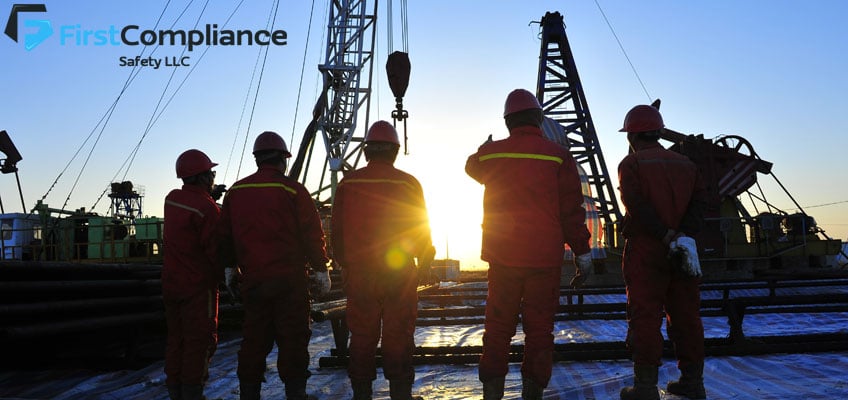
Looking for a PDF downloadable version for you to print off for your employees? We’ve got printable versions here for all of our Toolbox talks if you sign up for our newsletter!
Date: ____________________________________
Supervisor: ____________________________________
Company Name: ____________________________________
Job Name: ____________________________________
There are many reasons for using machines to lift loads within a construction site. This practice both saves time and prevents worker injuries. However, suspending a load in the air presents a whole new set of hazards. If a load is so heavy that it must be lifted by a piece of heavy equipment, then a fallen load can seriously injure or kill any unsuspecting employees on the ground. In today’s Toolbox Talk, we will discuss how to prevent the common hazards caused by suspended loads.
Guidelines for Discussion:
As contractors, we deal with overhead dangers and suspended loads on a day to day basis. We work with heavy materials, so it only makes sense to use heavy machinery in the transportation of these materials. However, an unmonitored or unsecured load can prove devastating for a construction site. Use these tips to ensure the safety of you and your coworkers when working with suspended loads:
It is important that the overhead danger of moving materials across a worksite be monitored by all ground-level employees. The signal person and operator are most responsible for the safe transportation of a load, but all workers should be aware of the overhead hazard. Stay clear of the hoisting area, and pay attention to other factors that could cause a load to drop in your direction. Once a load begins to fall, that load is difficult to avoid.
Additional Discussion Notes:
If you are transporting a load on an excavation site, you must take extra precautions to ensure that there are no employees below the hoisting area.
At the end of this discussion, you can also take some time to designate a signal person, and go over the meaning of different hand signals.
Safety Recommendations: ____________________________________Job Specific Topics: ____________________________________
Attendees:
____________________________________
____________________________________
____________________________________
____________________________________
____________________________________
____________________________________
____________________________________
____________________________________
____________________________________
____________________________________
____________________________________
____________________________________
____________________________________
____________________________________
____________________________________
____________________________________
____________________________________
____________________________________
____________________________________
____________________________________
____________________________________
____________________________________
Disclaimer
The information contained within this document (both the online and downloadable version) is provided for informational purposes only. Nobody shall take this as a comprehensive or exhaustive resource on this topic. This material is believed to be accurate, however, the information has been compiled from multiple sources, and so First Compliance Safety assumes no responsibility for the accuracy of this information. We encourage you to consult experts about this specific Toolbox Talk to ensure you are compliant with any and all safety regulations and processes. In no event does the content of this document supersede any applicable local, state, or federal statutes or regulations.
Contact US
"*" indicates required fields
First Compliance Safety LLC is an independently-owned company. First Compliance Safety LLC is in no way endorsed, sponsored, approved by, or otherwise affiliated with Avetta®, NCMS®, ComplyWorks®, ISNetworld®, PICS®, CanQual®, Cognibox® & Veriforce®.
*ISN®, ISNetworld®, RAVS®, T-RAVS™ and MSQ™ are trademarks or registered trademarks of ISN Software Corporation.
First Compliance Safety LLC is an independently-owned company. First Compliance Safety LLC is in no way endorsed, sponsored, approved by, or otherwise affiliated with Avetta®, NCMS®, ComplyWorks®, ISNetworld®, PICS®, CanQual®, Cognibox® & Veriforce®.
*ISN®, ISNetworld®, RAVS®, T-RAVS™ and MSQ™ are trademarks or registered trademarks of ISN Software Corporation.
© Copyright 2024 First Compliance Safety LLC All Right Reserved